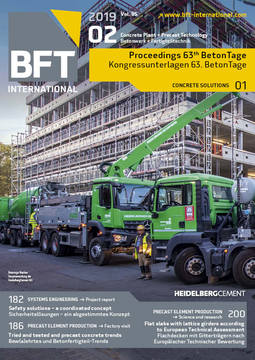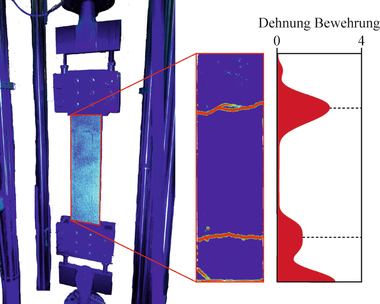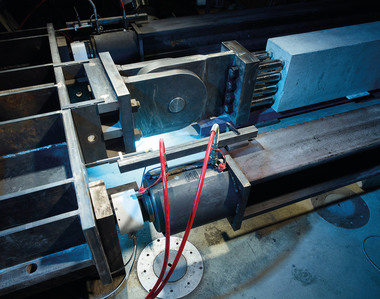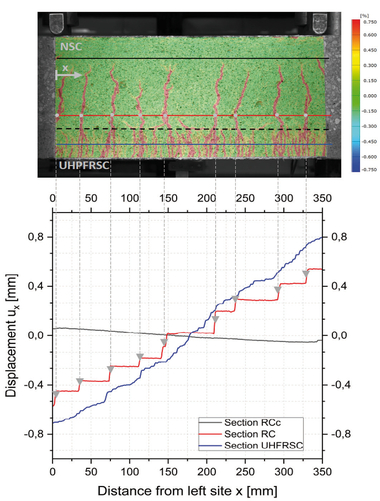Recommendations for the building practice
Crack widths have a significant influence on the durability of reinforced concrete members. Therefore, the limitation of crack widths is an indispensable aspect of the design work, and is often decisive for the selection of detail and amount of reinforcement. In general, crack formation is dependent on a large number of influencing factors and boundary conditions, which are included in the normative approaches in a simplified, engineering form. Deviating boundary conditions cannot be considered or can only be taken into account to an approximate extent. In addition, it should be noted that the...







